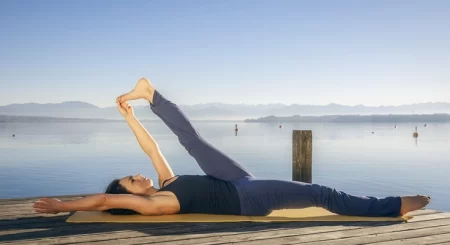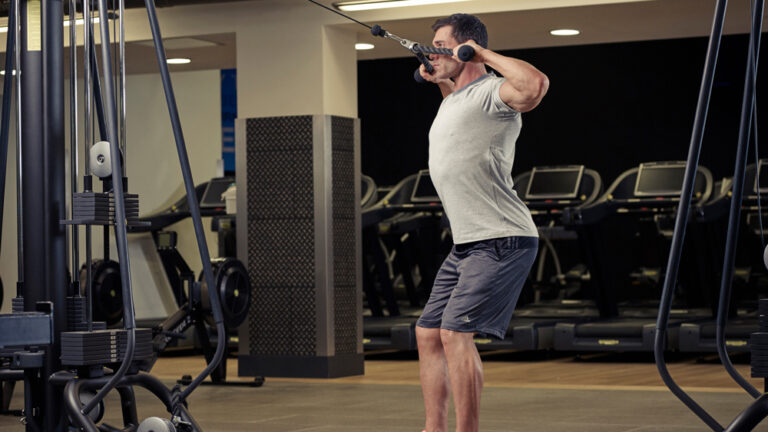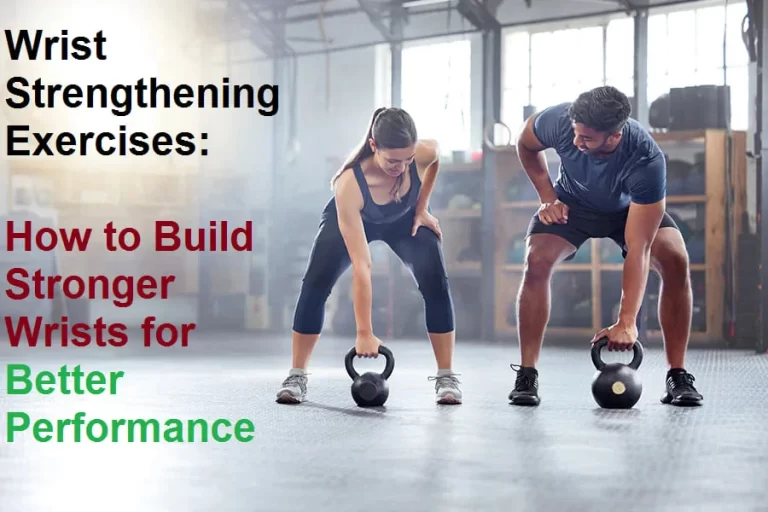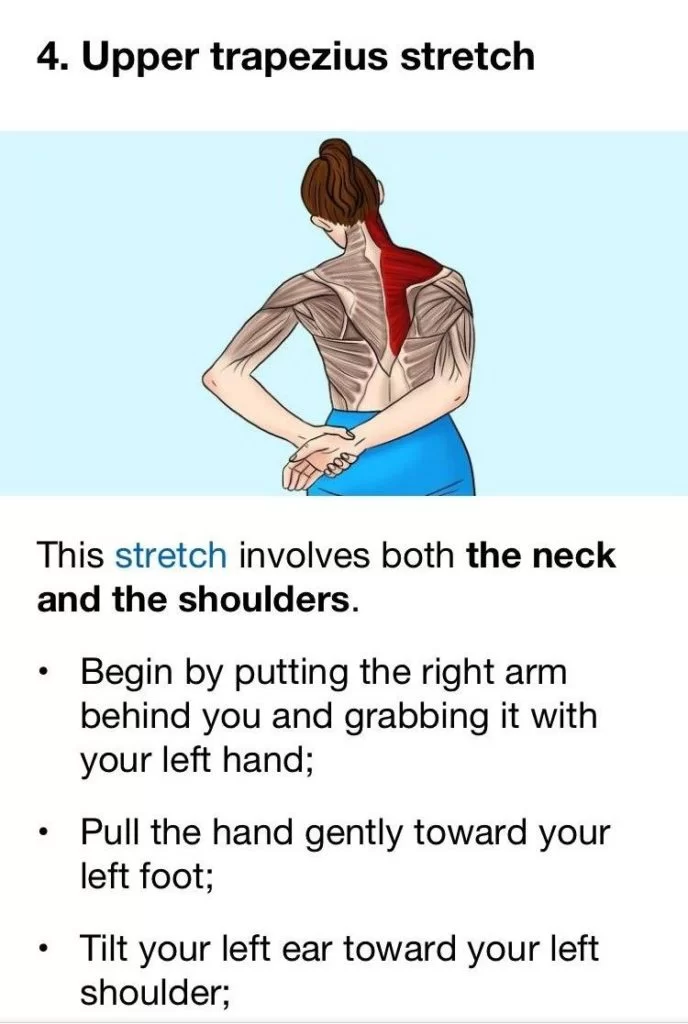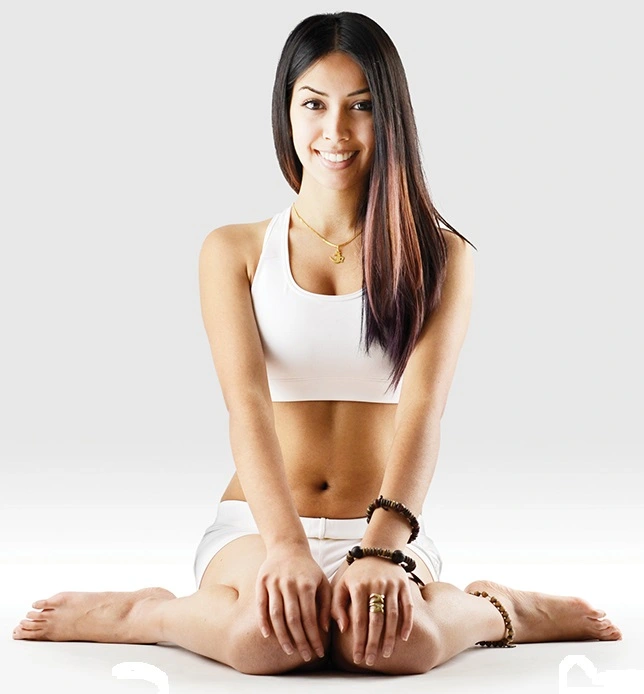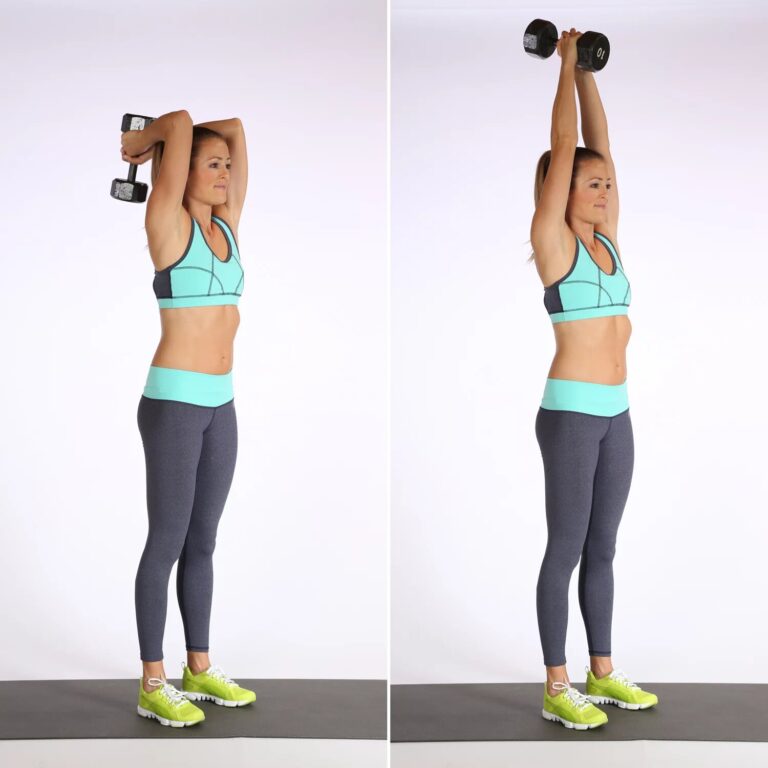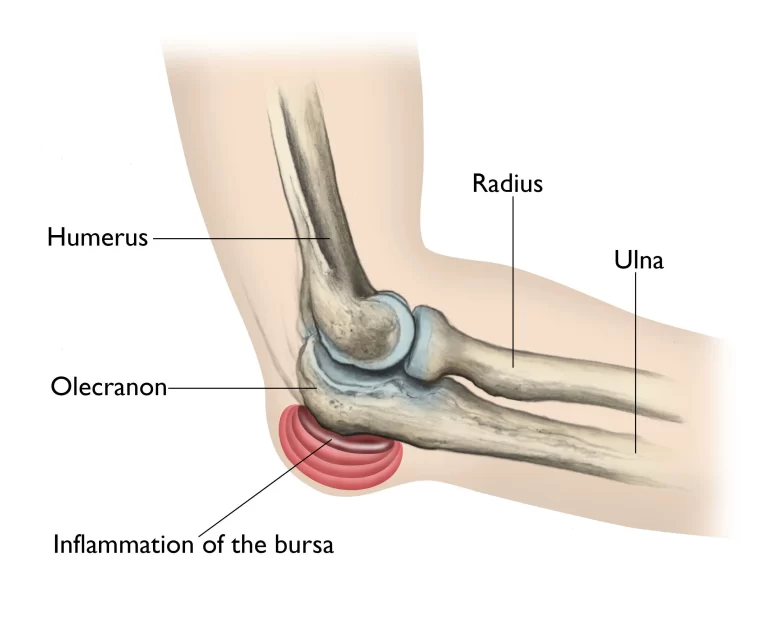Supta Padangusthasana
What is Supta Padangusthasana?
Supta Padangusthasana is one of the Therapeutic yoga poses that are executed with a yoga strap, but may also be done without the usage of props. The name is derived from the Sanskrit, Supta, meaning “supine” Pada, meaning “foot”, Angustha, meaning “big toe”, and asana, meaning “pose or posture”.
The asana starts with the yogi on his or her back and the legs stretched on the mat. One knee is drawn into the chest and the big toe is grabbed with the thumb and 1st finger of the corresponding hand. One side leg is then straightened to the sky. A yoga strap may also be used to cover the foot of the upward-extended leg. The asana is then repeated on the opposite leg.
Supta Padangusthasana is even known as the reclining big toe pose in English.
Supta Padangusthasana(Step by step)?
To begin with, lie on your back legs stretched, feet turned pressing out through the heels.
- On an exhalation draw the right knee into your chest, loop a strap around the arch of the right foot, or hook your index and middle fingers around your big toe.
- Then, expand the right leg up to the ceiling. Straighten your arms but hold both your shoulders on the mat.
- Hold your left leg pledged and press the top of your left thigh down with your hand.
- Next, extend through the right heel creating a comfortable expanse in your hamstrings.
- Remain for five breaths, then extend your right leg out taking it towards the floor on your right side.
- Maintain the left hip grounded.
- Remain for 5 more additional breaths.
- Then, take your leg back to the middle and then lower it back to the mat.
- Replicate on the other side.
Supta Padangusthasana Pose Video
Supta Padangusthasana Benefits
- Improves digestion
- Activates the hip flexors
- Massages Liver and Spleen
- Strengthens the leg muscles
- Stimulates the pelvic muscles
- Cures Headaches and Insomnia
- Minimizes Risk Of Osteoporosis
- Stretches the arms and shoulders
- Improves awareness of the practitioner
Variations
While your extensive leg is in the upright position, draw it closer to your face. As you exhale, engage your core muscles and lift the upper body getting the chin towards the shin.
Attempt crossing the extended leg across your body to feel a counter expanse in the outer hip region.
Bring it further into an extensive leg supine twist.
Move dynamically between the first leg upright and the second leg to the side positions to create strength in the core and legs.
Contraindication
- Diarrhea.
- Headache.
- Hip pathologies.
- Limited hip range of motion.
- Ankle, knee, or shoulder injury.
- Low back pathologies (avoid rounding).
Conclusion
Nowadays, when you know the Supta Padangusthasana’s usefulness and its stages, it is time to grasp the yoga mat and begin the asana. In case you are a newbie and haven’t preliminary knowledge even of yoga for newbies, it is suggested to learn the asana from a professional.
You can even bring online yoga classes and learn from the ease of your home. Only sign up and begin the Reclining Big Toe Pose soon.
FAQ
1. What is Supta Padangusthasana good for?
The practice of this pose enhances blood circulation in the legs and hips and strengthens these muscles. Yogasanas like Supta Padangusthasana may enhance the quality of energy. B.K. Iyengar stated that the preparation of Supta Padangusthasana may help sciatica.
2. What are the counter poses of Supta Padangusthasana?
The more useful counterpose here is Svanasana. Lie on your back in Svanasana, the corpse posture, for some breaths. This will bring balance and relaxation back into the muscles and organs that were prolonged and stimulated.
3. What is the procedure of Supta Padangusthasana?
Arrive to lie on your back with your legs extended.
Flex your right knee and hug your leg into your chest.
Set a yoga strap close to the ball of your right foot.
Straighten your right leg up toward the ceiling while maintaining tightly to the strap.
4. What are the contraindications of Supta Padangusthasana?
The pose should be avoided if you have any hamstring, knee, or spine issues or injuries. In case of neck pain or neck injuries, support the head on the mat (maintain a soft cushion) below the head to support it. The asana stretches the hamstrings and lower back so be mild while attempting to pull the leg closer to your head.
5. What are the disadvantages of Supta Padangusthasana?
It isn’t an excellent pose for individuals with a destroyed knee or ankle. Individuals suffering from diarrhea must refrain from this asana. Avoid rehearsing Supta Padangusthasana if you have asthma and bronchitis. If you have high blood pressure and tight thoracic muscles execute this asana just utilizing a bolster or blanket under your head.

